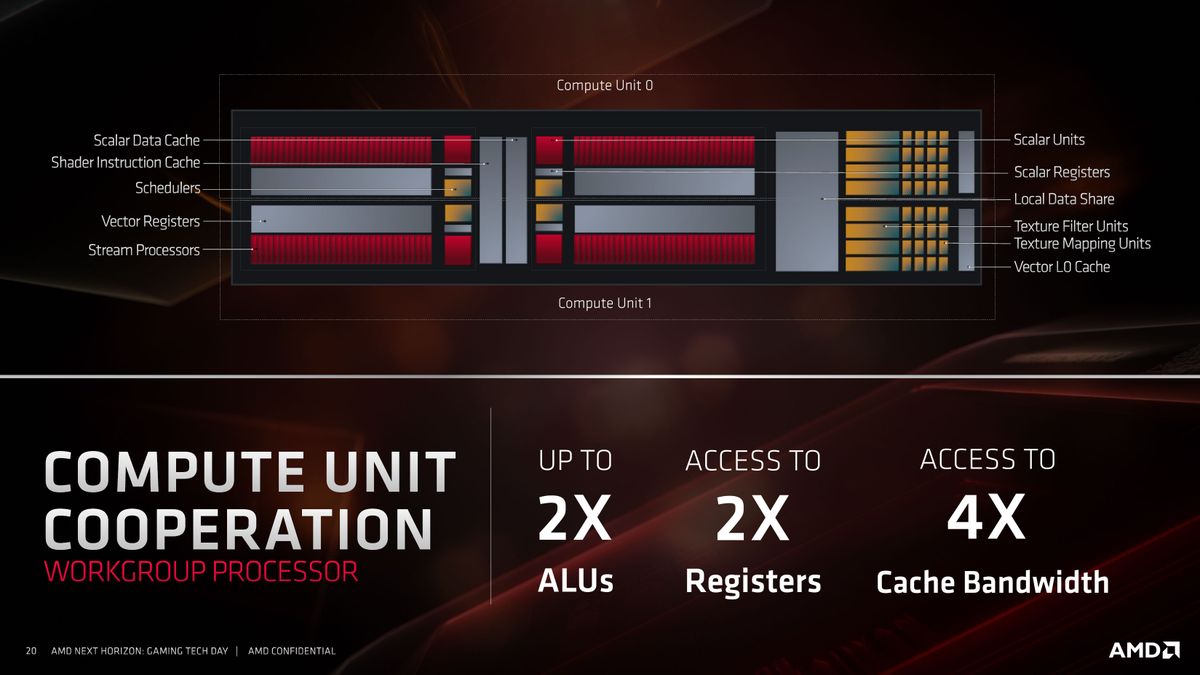I Love Rock 'n' Roll
Member
Thanks Digital Foundry for the video.
I guess it was quite hard to create since there is no actual footage of PS5 games to explain the different points you were talking about. I understand what you did with the different cards.





I can't wait to watch you doing the same video, in the next months, with actual gameplay from the PS5.

I guess it was quite hard to create since there is no actual footage of PS5 games to explain the different points you were talking about. I understand what you did with the different cards.
I can't wait to watch you doing the same video, in the next months, with actual gameplay from the PS5.




